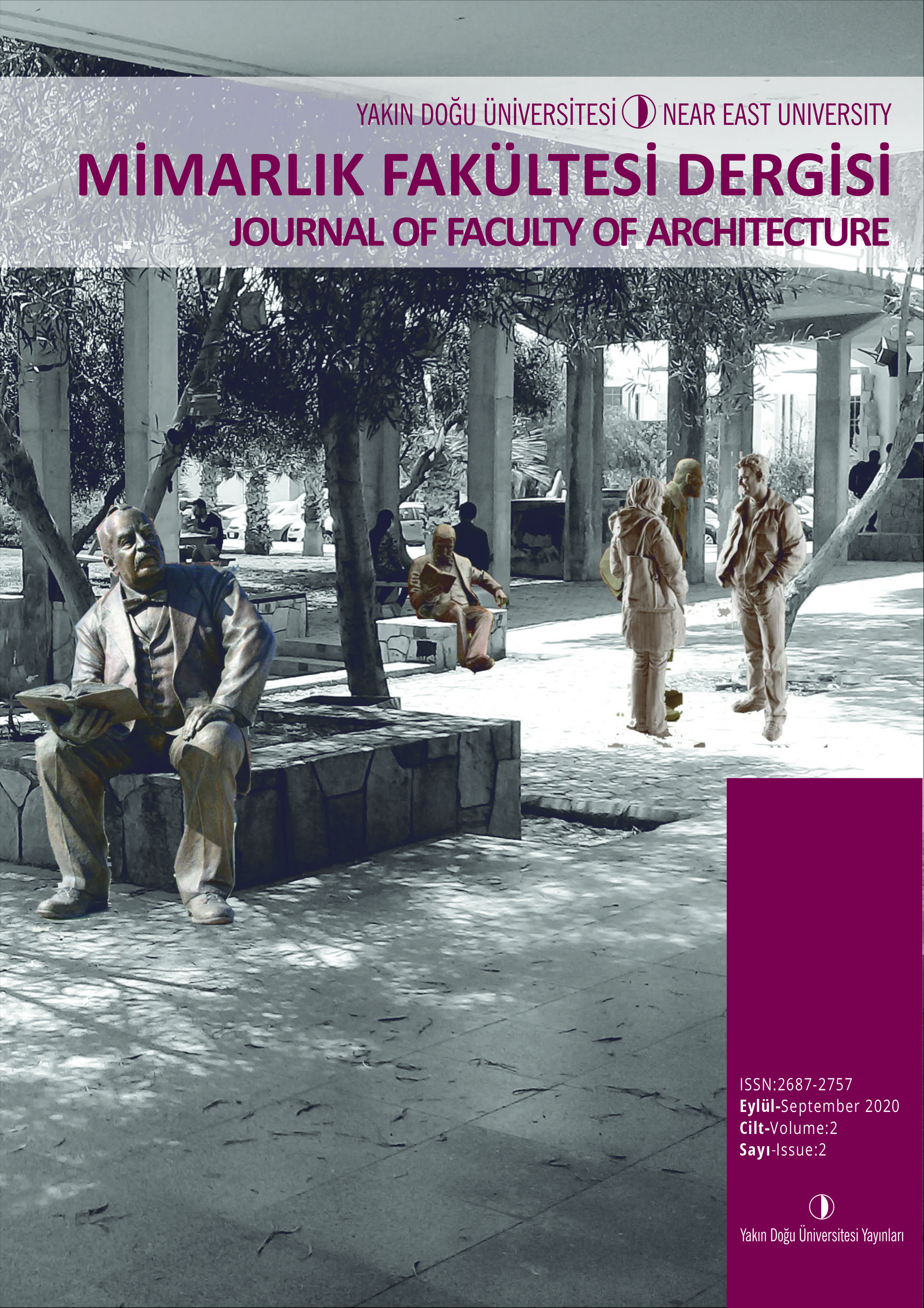Mimarlıkta Trajedinin Dili
Anahtar Kelimeler:
mimari, trajedi, anıt müzeleri, anma, mimaride trajediÖzet
The nightmares of war, disaster, terrorist attacks, and genocide, etcetera, are daily redefining people's environment at all scales. Its impacts create uncertainty in the coherence of the three pillars (physical, social, and economic) of sustainable development. The most vulnerable harm is on the intangible endowment of human memory. The big pertinence under contemplation remains: Should we forget about the incidence that causes us to suffer desolation, loss of interaction, habitation, energy, and lives? In response, architecture has shown media potentials of communicating societal functions/events, beautiful or ugly, with buildings as a 'code' within the context. The study intends to analyze museums' architecture of remembrance as a medium for communicating tragedy, whether or not the architects/design teams of such museums encapsulated horrific conditionality's in the architectural language to create an effect on the users. A critical review of three museums of remembrance Hiroshima Peace Memorial Museum, Japan; Apartheid Museum, South Africa; Yad Vashem (Holocaust History Museum, Israel) has been selected as three contexts Africa, Asia, and the Middle East.The study conceptualizes that the catalyst for horror is not selective but a global phenomenon with human existence. Furthermore, the configuration of museums of remembrance is a praxis house for human interaction void of race, class, and belief, which is opening up sustainable lines of dialogue for learning, reconciliation, and coexistence. Most importantly, architecture represents full lines in that social-cultural and community communication between people and their deplorable history. It has been observed that weirdly shaped structural elements, color scheming, lighting and surface texture of the spaces, the size of openings, and hallways either widely spaced or narrowly spaced, the orientation of the Museum in context, the combination of materials used, and the functional zoning and the spatial configuration of the Museum are tools to convey a sense of tragedy in architecture.






